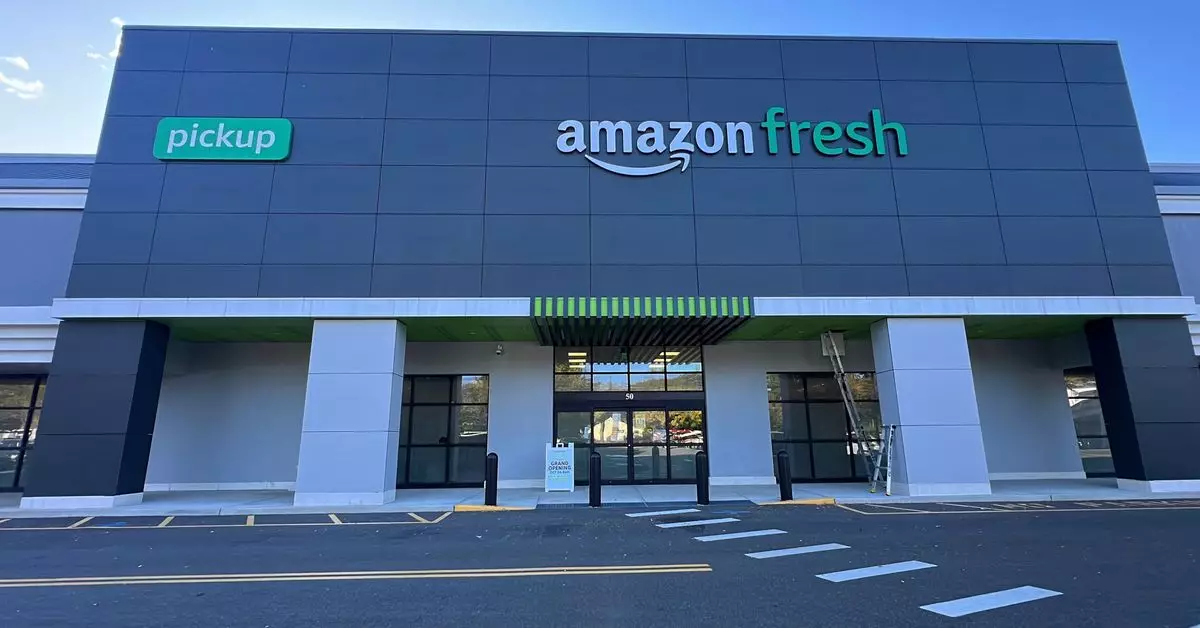Amazon is venturing into uncharted territory in the grocery sector, combining its two grocery offerings—Whole Foods and Amazon Fresh—into a dynamic new model. According to insights by The Wall Street Journal, these efforts are underscored by a strategic integration of fulfillment networks aimed at offering a seamless shopping experience. By leveraging 26 Amazon Fresh fulfillment centers to ship Whole Foods products, Amazon is not just creating logistical efficiencies; it is laying the groundwork for an innovative hybrid shopping model.
This initiative will see the establishment of a microfulfillment center located inside a Whole Foods Market in Pennsylvania. This center will stock Amazon Fresh items alongside Whole Foods products, marking a significant shift that could reshape consumer habits. The ambition here is clear: to create a one-stop shopping experience that allows customers to access everything from organic fruits to household staples like Tide detergent, all under one virtual roof.
The ambitious ‘Amazon Grocery’ pilot program inside a Chicago Whole Foods further illustrates this transformative approach. By introducing a curated selection of products that typical Whole Foods shoppers might not expect to find, Amazon is tapping into a broader consumer base. This strategy not only enriches the shopping experience but also plays into the growing desire among consumers for convenience and variety. The concept enables customers to fill their carts with diverse items—from wholesome organic produce to popular snack brands—without needing a separate outing to another store.
Through these integrated services, Amazon aims to build a comprehensive ecosystem designed to enhance customer loyalty and engagement. It recognizes that today’s consumers want versatility and efficiency in their shopping experiences, compelling the retail giant to rethink the grocery landscape.
As Amazon navigates this competitive grocery arena, it faces formidable adversaries such as Walmart and Kroger, who have long utilized their brick-and-mortar presence to distribute orders effectively. By offering an integrated solution that merges online ordering with physical retail, Amazon is betting on the evolving consumer preference for convenience. This approach not only addresses operational challenges but also expands the reach of Amazon’s grocery business to new demographics.
Furthermore, Amazon continues to diversify its strategies beyond just the online grocery sphere. Initiatives like the unlimited grocery subscription and the smart Dash Carts demonstrate a commitment to enhancing in-store experiences, emphasizing technological integration in retail. However, amid these innovations, it is crucial for Amazon to reflect on less successful ventures—like the Just Walk Out cashierless checkout—and to pivot accordingly based on consumer feedback and market dynamics.
As Amazon continues to explore innovative strategies within its grocery sector, the blending of Whole Foods and Amazon Fresh signifies a pivotal moment. The experiments currently underway are not merely about expanding product lines; they are about redefining the essence of grocery shopping in a rapidly digitalizing world. By focusing on customer convenience and an expanded selection, Amazon is poised to escalate its competitive edge in the grocery market—an arena where adaptability and innovation will ultimately determine success.


Leave a Reply